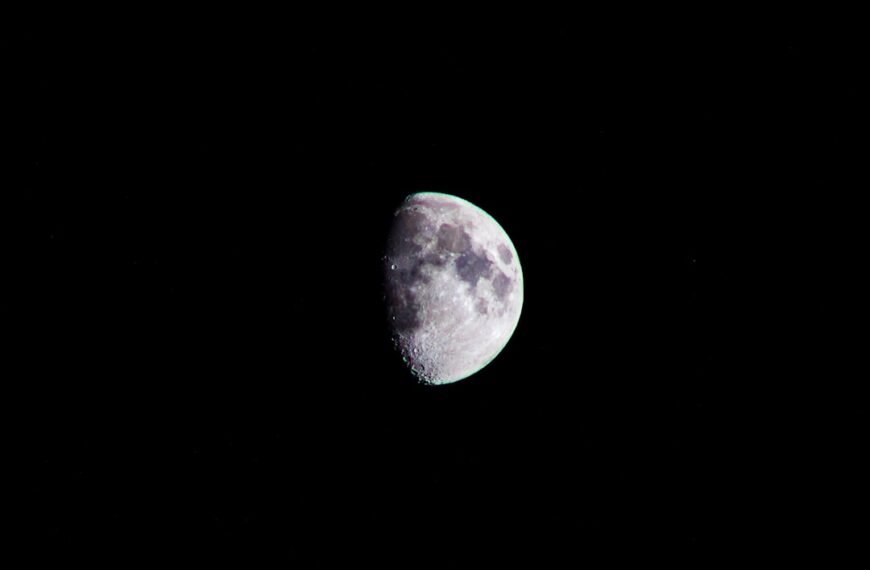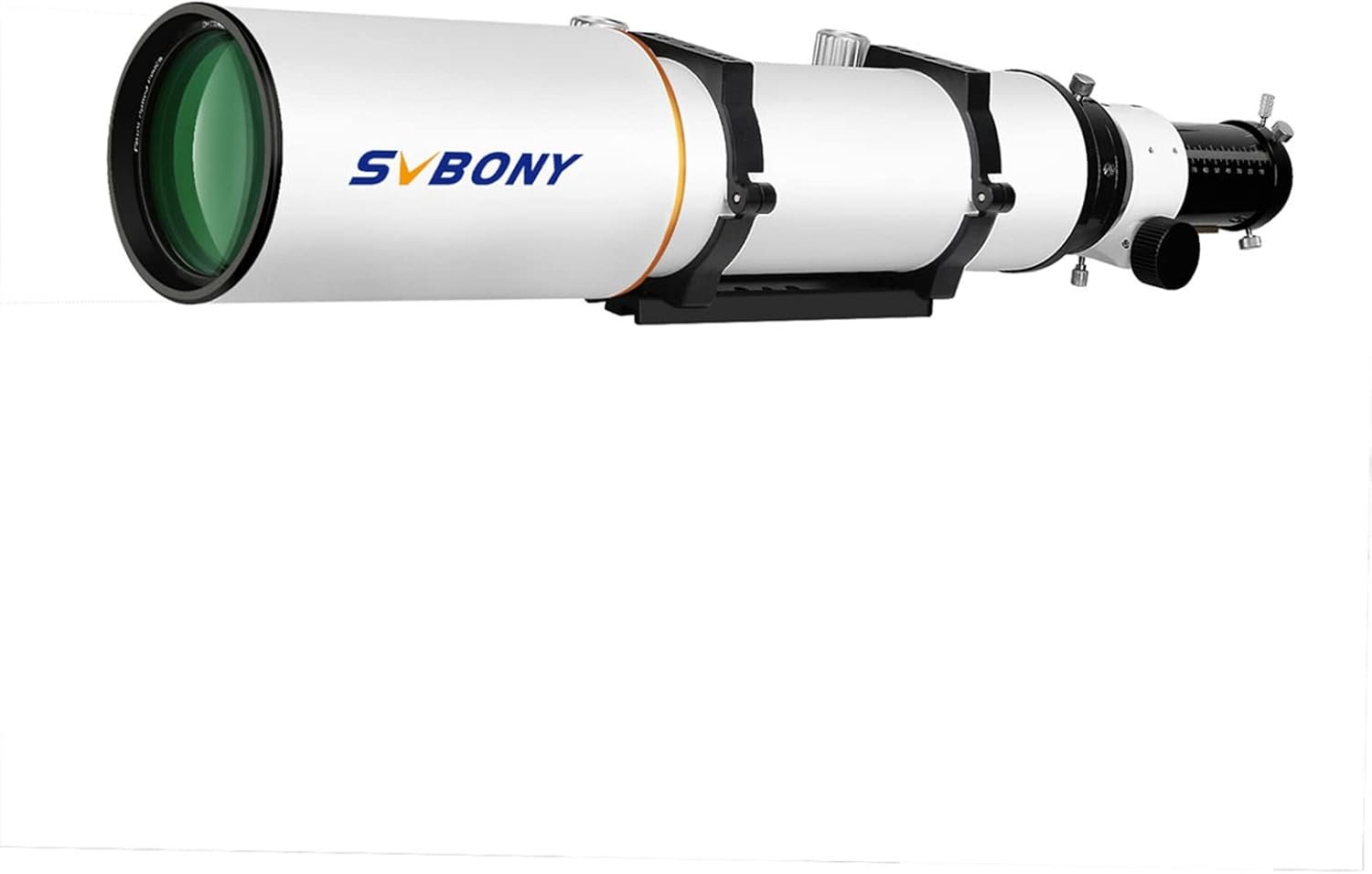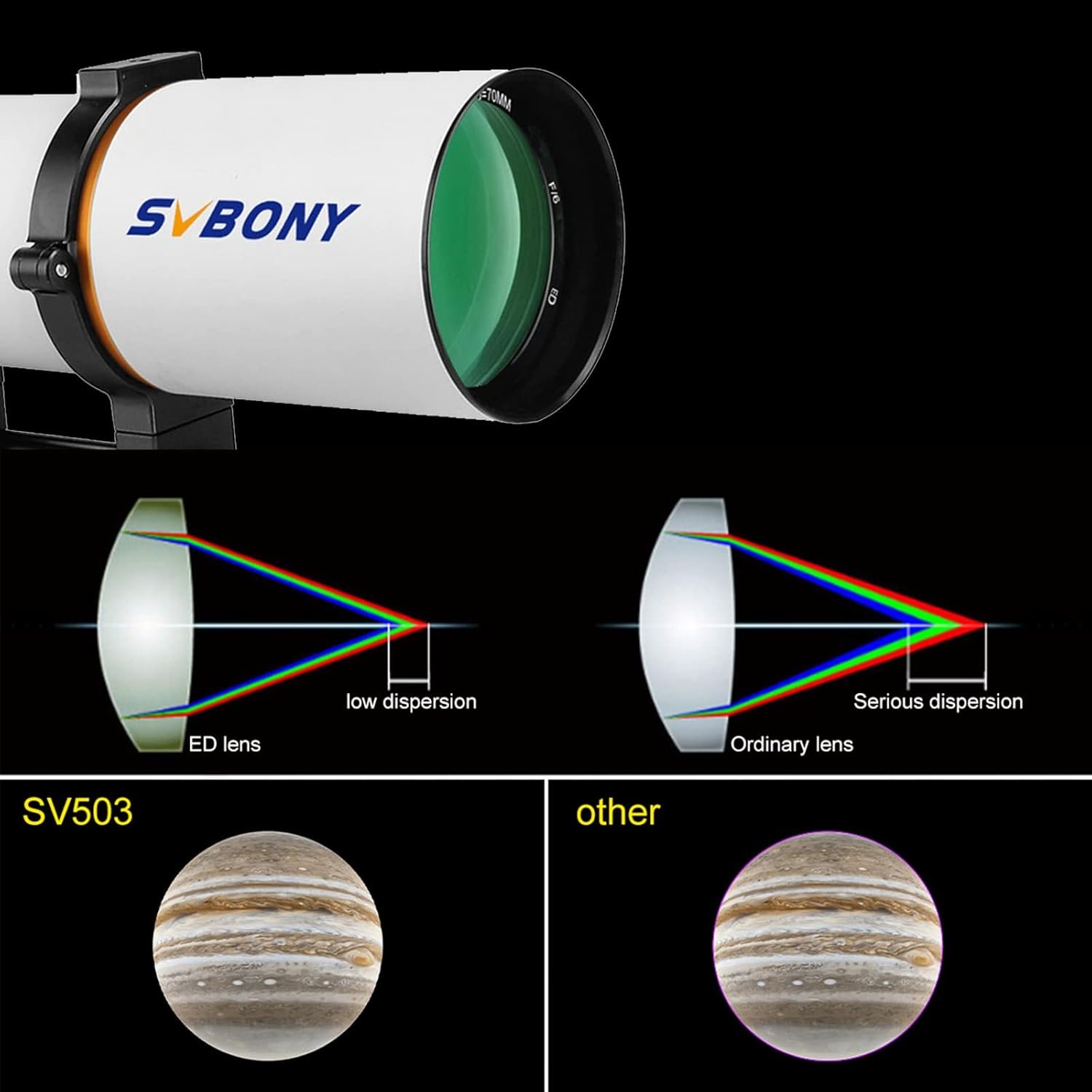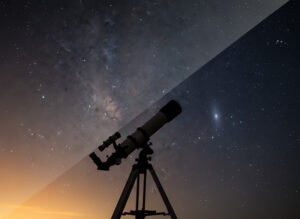The National Aeronautics and Space Administration (NASA) has a rich history that dates back to the early 20th century. In 1915, the National Advisory Committee for Aeronautics (NACA) was established to promote aeronautical research and development in the United States. NACA played a crucial role in advancing aviation technology and laying the groundwork for the future space program. As the Cold War tensions escalated between the United States and the Soviet Union, the space race became a focal point of national pride and technological advancement. In response to the Soviet Union’s successful launch of the first artificial satellite, Sputnik, in 1957, the United States recognized the need to establish a national space agency to compete in space exploration.
The establishment of NASA in 1958 marked a significant turning point in the history of space exploration. NASA was created as a civilian agency with the goal of peaceful exploration and scientific discovery in space. The agency inherited NACA’s legacy of aeronautical research and expanded its mission to include space exploration. With the formation of NASA, the United States embarked on a new era of space exploration, driven by the desire to surpass the Soviet Union in the race to conquer outer space. This period of intense competition and technological innovation laid the foundation for NASA’s future achievements in space exploration and scientific discovery.
Key Takeaways
- NASA was born out of the National Advisory Committee for Aeronautics (NACA) and the intense competition of the Space Race.
- The Cold War and the fear of Soviet dominance in space prompted the United States to establish a national space program.
- The National Aeronautics and Space Act of 1958 officially created NASA as a civilian agency for space exploration and research.
- Project Mercury marked the first human spaceflight program in the United States, leading to the selection and training of the first American astronauts.
- The Apollo Program culminated in the historic moon landing in 1969, solidifying NASA’s place as a leader in space exploration.
The Cold War and the Need for a National Space Program
The Cold War era was characterized by intense political and military rivalry between the United States and the Soviet Union. The launch of Sputnik by the Soviet Union in 1957 sent shockwaves across the United States and sparked fears of Soviet technological superiority. The successful launch of Sputnik demonstrated the Soviet Union’s capability to launch objects into space, raising concerns about national security and technological advancement. In response to this perceived threat, the United States government recognized the need to establish a national space program to regain its competitive edge in space exploration.
The Cold War tensions fueled a sense of urgency and national pride, leading to increased investment in scientific research and technological development. The space race became a symbol of ideological competition between the United States and the Soviet Union, with each country striving to demonstrate its technological prowess and dominance in space exploration. The establishment of NASA as a civilian agency reflected the United States’ commitment to peaceful exploration and scientific discovery in space, while also serving as a strategic response to the Soviet Union’s advancements in space technology. The Cold War era set the stage for NASA’s role in shaping the future of space exploration and scientific discovery.
The Creation of NASA: The National Aeronautics and Space Act
The National Aeronautics and Space Act, signed into law by President Dwight D. Eisenhower on July 29, 1958, established NASA as the primary agency responsible for coordinating civilian space activities in the United States. The creation of NASA marked a significant milestone in the history of space exploration, as it consolidated various government efforts under a single agency dedicated to advancing space science and technology. The National Aeronautics and Space Act outlined NASA’s mission to conduct research and development in aeronautics and space technology, as well as to explore outer space for peaceful purposes.
The establishment of NASA as a civilian agency reflected the United States’ commitment to international cooperation and peaceful exploration of outer space. The National Aeronautics and Space Act also emphasized NASA’s role in promoting collaboration with other nations to advance scientific knowledge and technological innovation. By consolidating existing government programs and resources, NASA was able to streamline its efforts and focus on achieving ambitious goals in space exploration. The creation of NASA laid the foundation for future achievements in space science and technology, setting the stage for historic milestones such as the Apollo moon landing and ongoing exploration of the solar system.
Project Mercury and the First American Astronauts
Project Mercury was NASA’s first human spaceflight program, designed to put an American astronaut into orbit around the Earth. Launched in 1958, Project Mercury aimed to test the capabilities of astronauts in space and lay the groundwork for future manned missions. The selection of seven military test pilots as the first American astronauts, known as the “Mercury Seven,” captured the imagination of the American public and symbolized the nation’s commitment to space exploration. These pioneering astronauts underwent rigorous training and testing to prepare for their historic missions into space.
The successful launch of Alan Shepard aboard Freedom 7 on May 5, 1961, marked a significant achievement for NASA and the United States in the space race. Shepard became the first American astronaut to travel into space, demonstrating the nation’s capability to compete with the Soviet Union in human spaceflight. Subsequent Mercury missions further solidified NASA’s expertise in manned spaceflight, paving the way for future programs such as Gemini and Apollo. Project Mercury represented a crucial step forward in NASA’s quest to explore outer space and expand humanity’s presence beyond Earth.
The Apollo Program and the Moon Landing
The Apollo program was NASA’s ambitious effort to land humans on the moon and return them safely to Earth. Launched in 1961, shortly after President John F. Kennedy’s famous challenge to put a man on the moon before the end of the decade, Apollo represented a monumental undertaking that captured the world’s attention. The Apollo missions involved a series of test flights, including unmanned launches and manned orbital missions, to prepare for the ultimate goal of landing on the lunar surface. The successful Apollo 11 mission, led by astronauts Neil Armstrong, Buzz Aldrin, and Michael Collins, culminated in humanity’s first steps on the moon on July 20, 1969.
The historic moon landing represented a defining moment in human history, showcasing NASA’s ability to achieve extraordinary feats in space exploration. Neil Armstrong’s iconic words, “That’s one small step for man, one giant leap for mankind,” resonated around the world as a testament to human ingenuity and determination. The Apollo program demonstrated NASA’s commitment to pushing the boundaries of scientific knowledge and technological innovation, while also inspiring future generations to pursue careers in science, engineering, and space exploration. The legacy of Apollo continues to inspire NASA’s ongoing efforts to explore new frontiers in space and expand humanity’s presence beyond Earth.
NASA Today: Beyond the Moon and Mars Exploration

In recent years, NASA has shifted its focus from lunar exploration to long-term missions aimed at reaching Mars and beyond. The agency’s Artemis program aims to return humans to the moon by 2024, with a focus on establishing a sustainable human presence on the lunar surface. This ambitious initiative represents a crucial step toward preparing for future crewed missions to Mars and deep-space exploration. NASA’s Artemis program also emphasizes international collaboration and partnerships with commercial aerospace companies to advance space exploration capabilities.
In addition to lunar exploration, NASA is actively pursuing robotic missions to study Mars and search for signs of past or present life on the red planet. The Mars Perseverance rover, launched in 2020, represents NASA’s latest effort to explore Mars’ surface and collect samples for potential return to Earth. These missions are part of NASA’s broader strategy to advance scientific knowledge of Mars and lay the groundwork for future human missions to the red planet. NASA’s ongoing efforts in Mars exploration reflect its commitment to pushing the boundaries of scientific discovery and preparing for future human habitation beyond Earth.
The Future of NASA: Space Exploration and Beyond
Looking ahead, NASA is poised to play a leading role in shaping the future of space exploration and scientific discovery. The agency’s Artemis program represents a critical step toward establishing sustainable human presence on the moon and preparing for crewed missions to Mars. These ambitious initiatives will require continued investment in cutting-edge technologies, international collaboration, and partnerships with commercial aerospace companies. NASA’s commitment to advancing space exploration reflects its dedication to expanding humanity’s presence beyond Earth and unlocking the mysteries of our universe.
Beyond lunar and Mars exploration, NASA is also exploring new frontiers in space science, including studying exoplanets, asteroids, and other celestial bodies. The agency’s James Webb Space Telescope, set to launch in 2021, will revolutionize our understanding of distant galaxies and planetary systems beyond our solar system. These efforts underscore NASA’s ongoing commitment to advancing scientific knowledge and inspiring future generations to pursue careers in STEM fields. As we look toward the future, NASA will continue to lead humanity’s quest to explore new horizons in space and unlock the secrets of our universe.
In conclusion, NASA’s rich history is defined by its pioneering spirit, commitment to scientific discovery, and dedication to pushing the boundaries of human achievement in space exploration. From its humble beginnings as NACA to its pivotal role in shaping historic milestones such as Project Mercury, Apollo moon landing, and ongoing Mars exploration, NASA has remained at the forefront of advancing humanity’s presence beyond Earth. As we embark on new frontiers in space exploration, NASA will continue to inspire future generations and lead humanity’s quest to unlock the mysteries of our universe.
If you’re fascinated by the mysteries of the universe and want to delve deeper into space exploration, you’ll be intrigued by the article “Is There Another Earth in the Universe?” This thought-provoking piece on The Universe Episodes explores the possibility of finding another habitable planet like Earth. It’s a captivating read that complements the curiosity sparked by learning about NASA’s origins and its ongoing quest to understand our place in the cosmos.























